How to Power Trowel Concrete: Step-by-Step [Beginner to Pro]
Power troweling is a fundamental technique in the realm of concrete finishing. It involves using a power-driven machine with rotating blades to achieve a smooth, level, and polished surface on a freshly poured concrete slab. Proper power troweling is crucial for enhancing the strength, durability, and aesthetics of the concrete.
Whether you are a beginner or a seasoned professional, understanding the step-by-step process and considerations involved in power troweling is essential to achieve the best results.
Brief explanation of power troweling
- Power troweling is a technique used in the final stages of concrete finishing.
- It involves the use of a power-driven machine with rotating blades to flatten and compact the concrete.
- The machine’s blades create a smooth and polished surface on the concrete slab.
Importance of properly power troweling a concrete slab
- Ensures a level and even surface, minimizing imperfections and unevenness in the concrete.
- Increases the density and strength of the concrete by compressing the surface and reducing porosity.
- Enhances the durability and longevity of the concrete slab.
- Provides a visually appealing finish, especially for exposed concrete surfaces.
Contents
Preparing for Power Troweling
Ensuring the concrete slab is properly cured
- Before power troweling, it is crucial to allow the concrete slab to cure sufficiently.
- Follow the recommended curing time provided by the concrete supplier or as per industry standards.
- Proper curing ensures that the concrete has gained sufficient strength and hardness for troweling.
Gathering the necessary tools and equipment
- Gather all the essential tools and equipment needed for power troweling.
- This typically includes a power trowel machine, blades, safety gear (gloves, safety glasses, hearing protection), and any additional hand tools for detailing or edging.
Checking the weather conditions
- Weather conditions can significantly affect the power troweling process and the quality of the concrete finish.
- Avoid power troweling in extreme heat, direct sunlight, or strong winds, as they can cause the concrete to dry too quickly or affect the machine’s operation.
- Ideally, perform power troweling in moderate temperatures and mild weather conditions for optimal results.
Setting up the Power Trowel
Choosing the right trowel blades for the job
- Select trowel blades that are appropriate for the type of concrete and the desired finish.
- Consider factors such as blade size, shape (combination, float, or finish), and blade material.
- Different blade options are available to achieve specific finishes, such as smooth, medium, or heavy-textured surfaces.
Adjusting the pitch and speed of the power trowel
- Set the pitch of the trowel blades to achieve the desired angle of attack.
- Adjust the pitch according to the manufacturer’s instructions and the specific requirements of the project.
- Additionally, adjust the speed of the power trowel to maintain control and achieve the desired finish.
Inspecting and preparing the power trowel machine
- Before starting the power trowel, inspect it for any damage or loose parts.
- Ensure that the machine is clean, well-maintained, and properly lubricated.
- Check the engine oil and fuel levels, and make sure the machine is in good working condition.
Power Troweling Techniques
Starting the power trowel and maintaining control
- Stand behind the power trowel, ensuring a firm grip on the handles.
- Start the engine following the manufacturer’s instructions.
- Gradually increase the speed to the desired operating level while maintaining control over the machine.
First pass: Floating the concrete surface
- Adjusting the blade angle and pressure:
- Set the blade angle to a slightly positive pitch to achieve a floating action.
- Apply light pressure on the trowel to prevent digging into the concrete surface.
- Overlapping the passes for even coverage:
- Move the power trowel in parallel lines, overlapping each pass by around 50% to ensure even coverage across the entire surface.
Second pass: Smoothing the surface
- Adjusting the blade angle and pressure for a smoother finish:
- Gradually increase the blade pitch to create a smoother finish.
- Apply slightly more pressure than in the floating pass to further densify the surface.
- Overlapping the passes to eliminate lines and imperfections:
- Continue moving the power trowel in parallel lines, overlapping each pass by approximately 75% to eliminate any visible lines or imperfections.
Third pass: Finishing the surface
- Using the power trowel to achieve the desired texture:
- Adjust the blade pitch to achieve the desired texture, such as a smooth or textured finish.
- Apply consistent pressure to achieve a uniform texture across the surface.
- Consistently overlapping the passes for uniformity:
- Maintain a consistent walking pace while overlapping each pass by at least 90% to ensure a uniform finish.
Safety Considerations
Wearing appropriate personal protective equipment (PPE)
- Always wear the necessary PPE, including safety glasses, gloves, hearing protection, and steel-toed boots.
- PPE helps protect against potential hazards such as flying debris, noise, and injuries.
Being mindful of power trowel operation hazards
- Be aware of the rotating blades and the potential for entanglement or contact injuries.
- Keep hands and clothing away from moving parts.
- Avoid operating the power trowel near others to prevent accidents or injuries.
Ensuring a clean and organized work area
- Remove any tripping hazards, debris, or objects that could interfere with the power trowel’s operation.
- Keep the work area clean and organized to prevent accidents and promote a safe working environment.
Finishing Touches and Clean-Up
Checking the surface for imperfections
- After completing the power troweling process, inspect the concrete surface for any imperfections or inconsistencies.
- Look for areas that may require additional attention or touch-ups.
Making necessary adjustments or corrections
- If you identify any imperfections, make the necessary adjustments or corrections to achieve the desired finish.
- Use hand tools or additional troweling techniques to address any specific areas that need refinement.
Cleaning and maintaining the power trowel equipment
- Thoroughly clean the power trowel after use to remove any concrete residue and prevent build-up.
- Follow the manufacturer’s guidelines for cleaning and maintenance, including lubricating moving parts and ensuring proper storage.
Properly disposing of waste materials
- Dispose of any waste materials, such as excess concrete or debris, in accordance with local regulations and guidelines.
- Avoid dumping concrete or waste materials into storm drains or other environmentally sensitive areas.
Conclusions
In conclusion, proper power troweling is crucial for achieving high-quality concrete slabs. By following the steps and considerations outlined in this post, including preparation, technique, safety, and clean-up, you can ensure a level, durable, and visually appealing finish. Continual practice and refinement of power troweling skills will lead to improved results.
Remember to prioritize safety and maintain a clean work environment throughout the process. With dedication and attention to detail, you can master the art of power troweling and achieve outstanding concrete finishes.

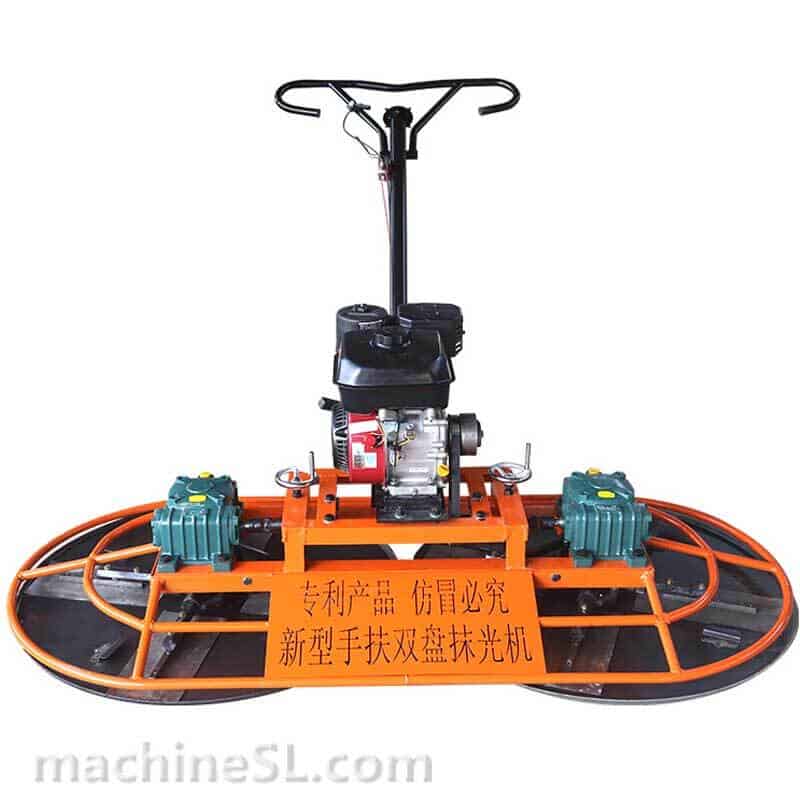
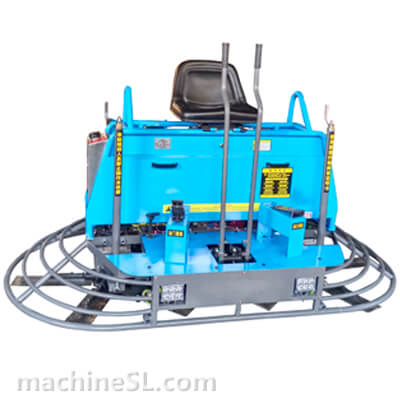
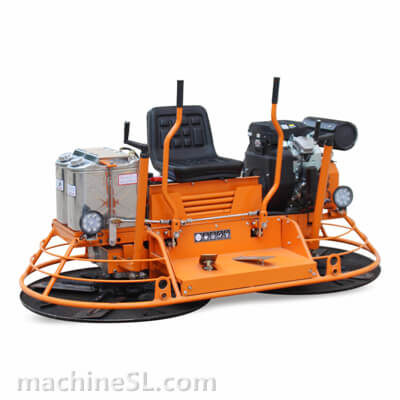
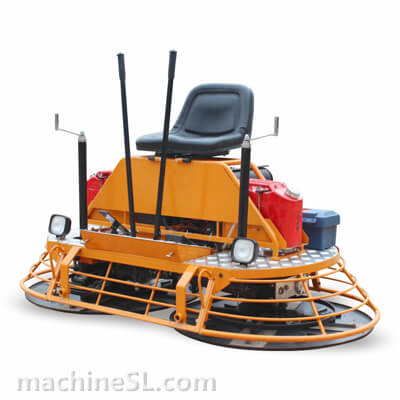
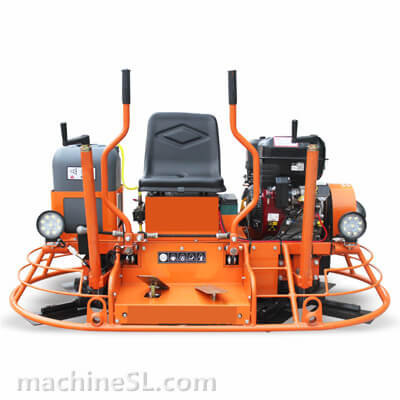
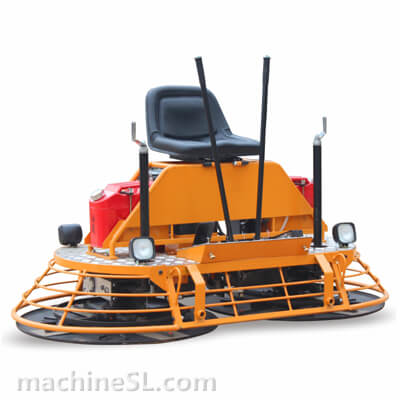
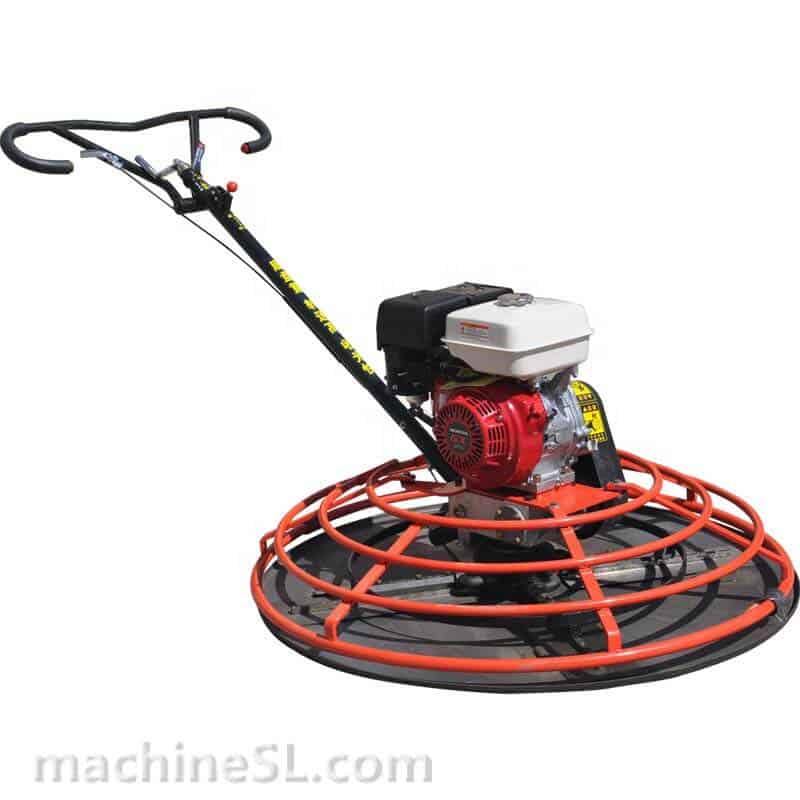
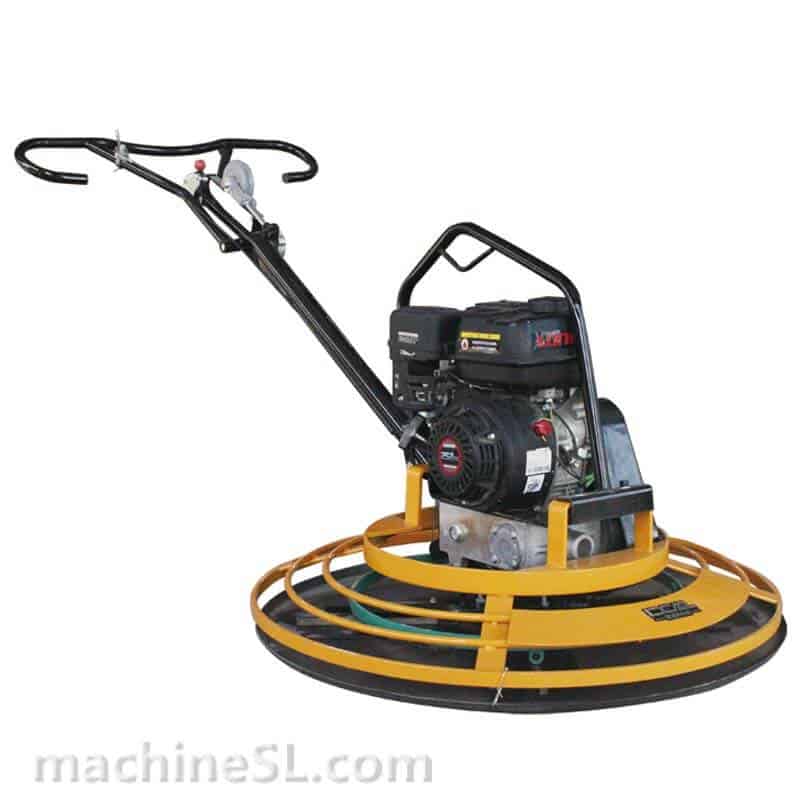
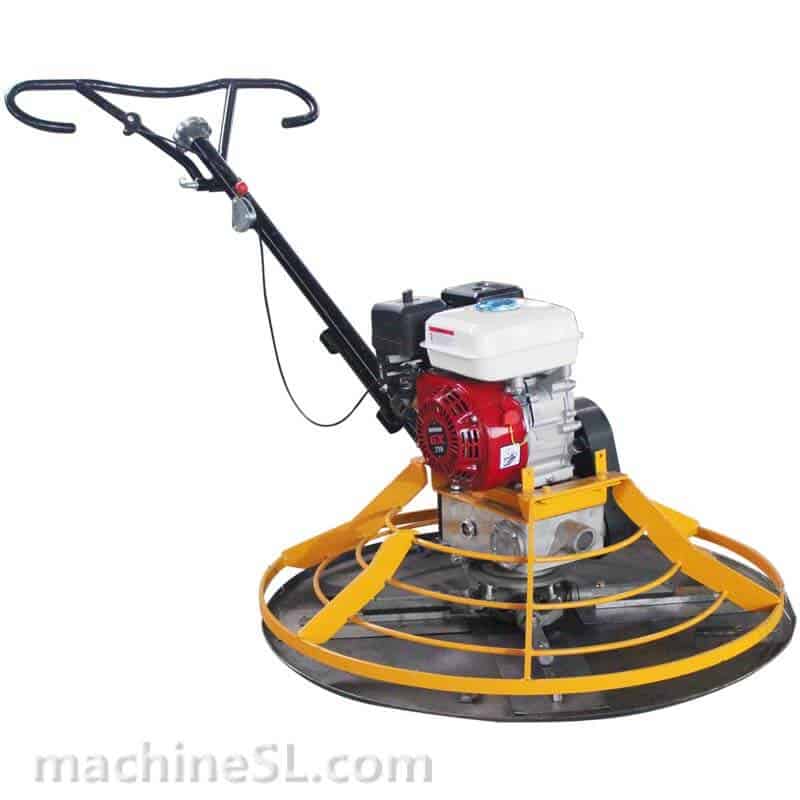
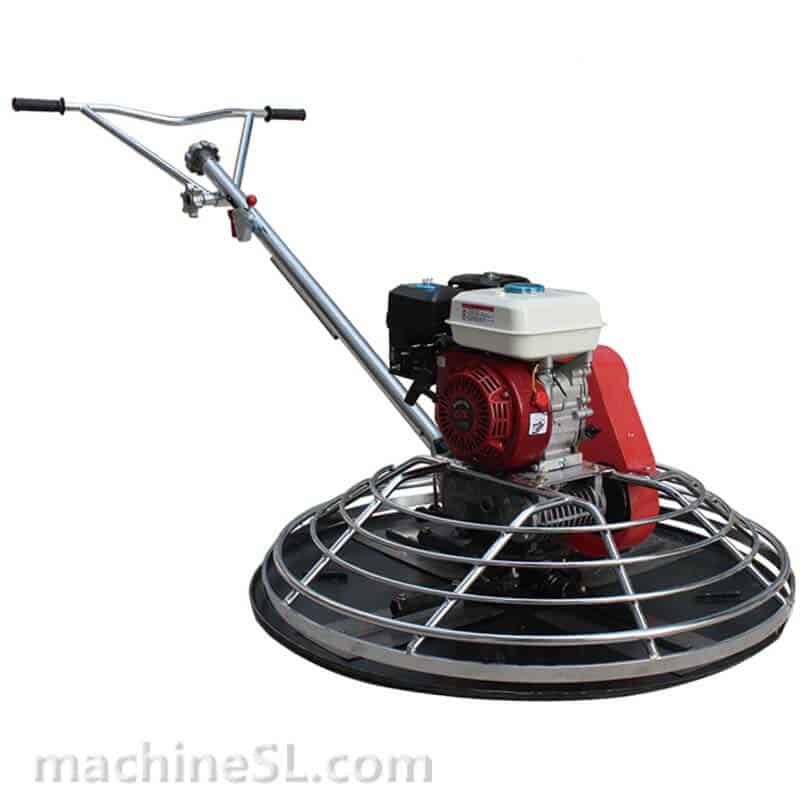
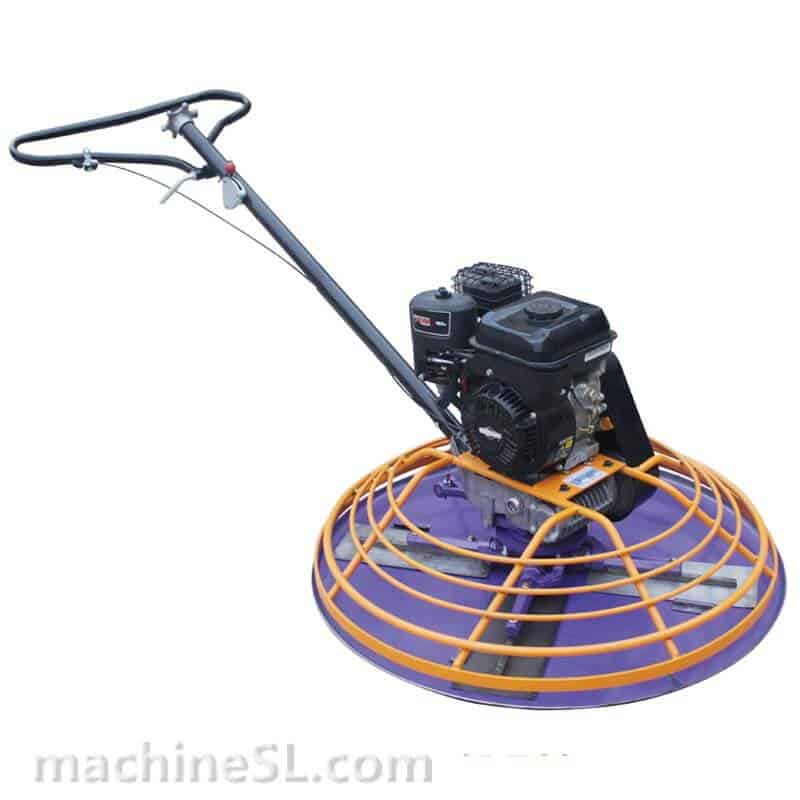
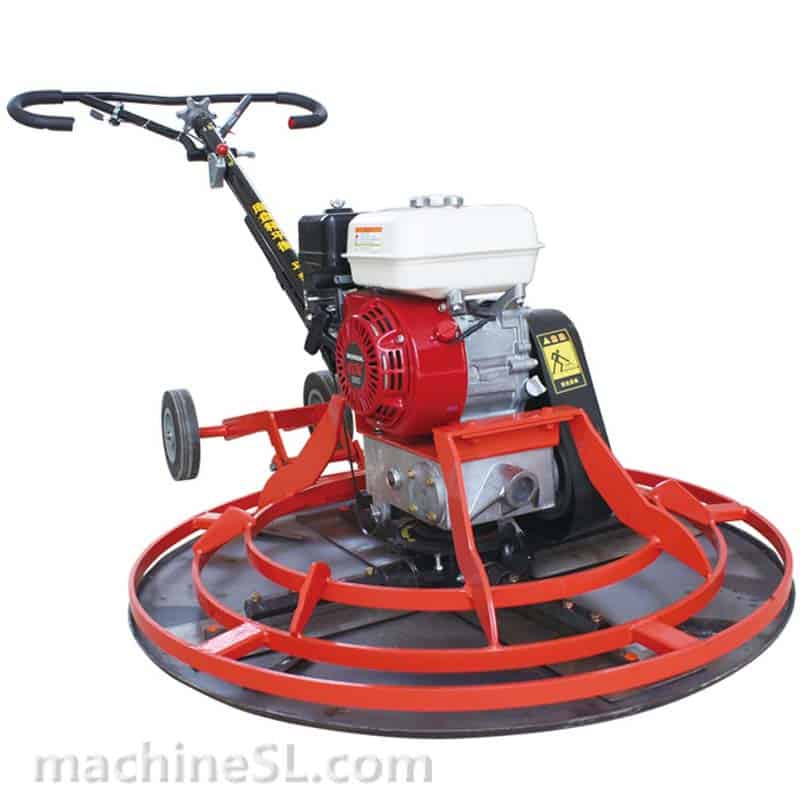
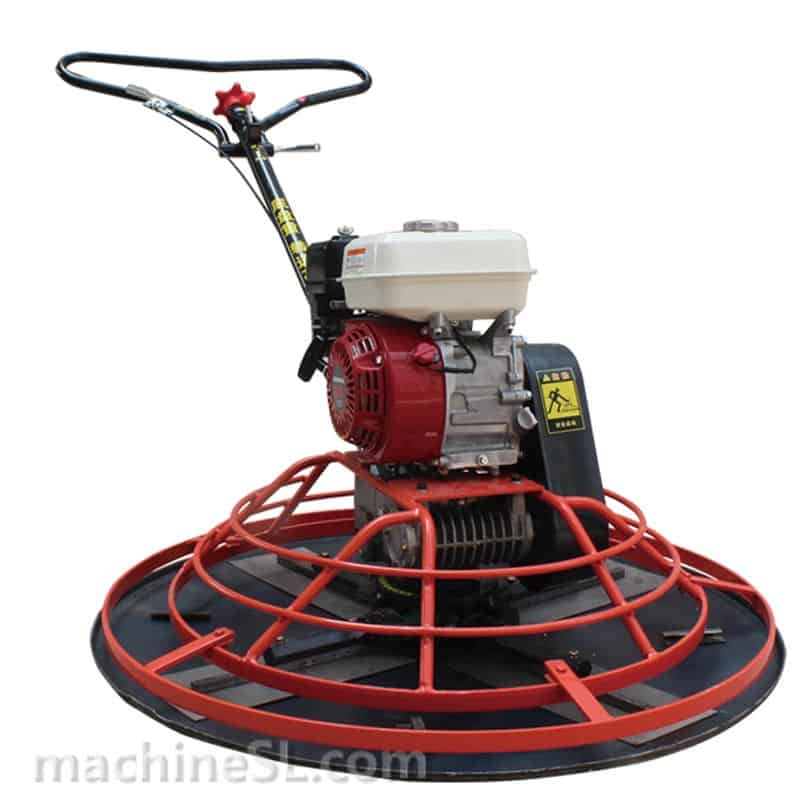
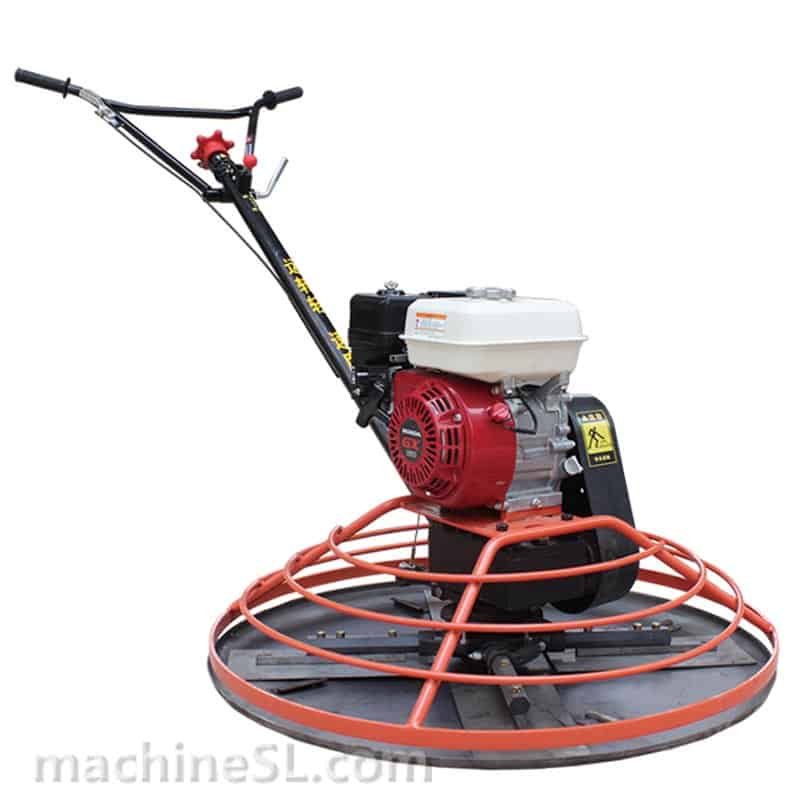
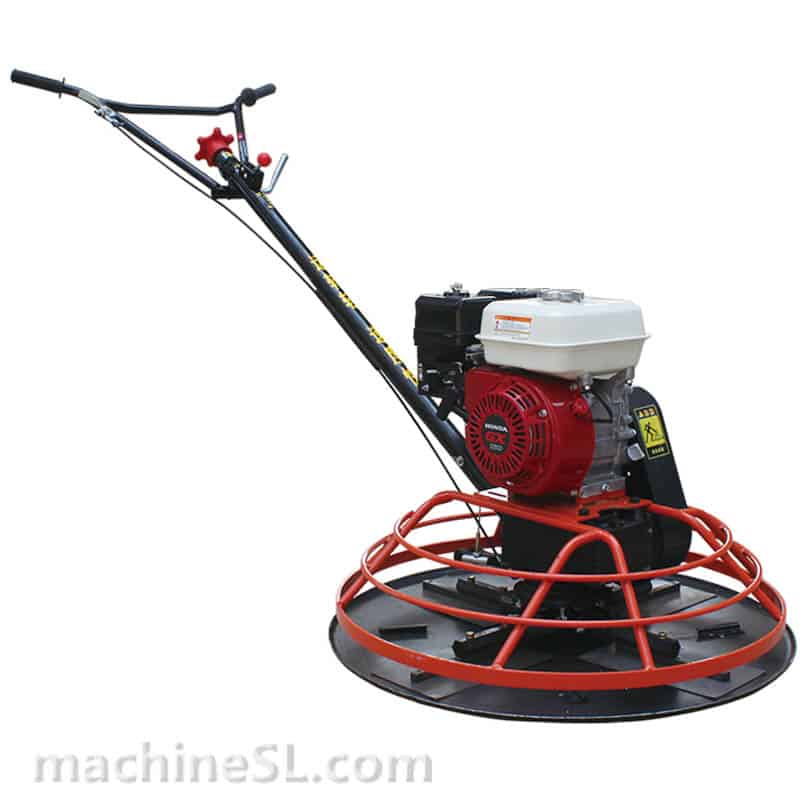
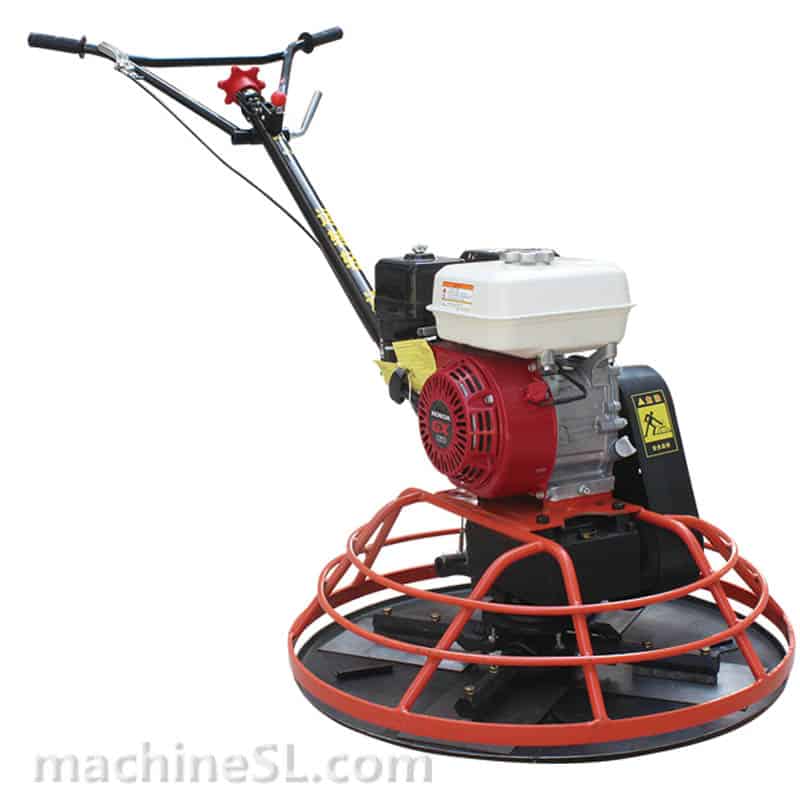
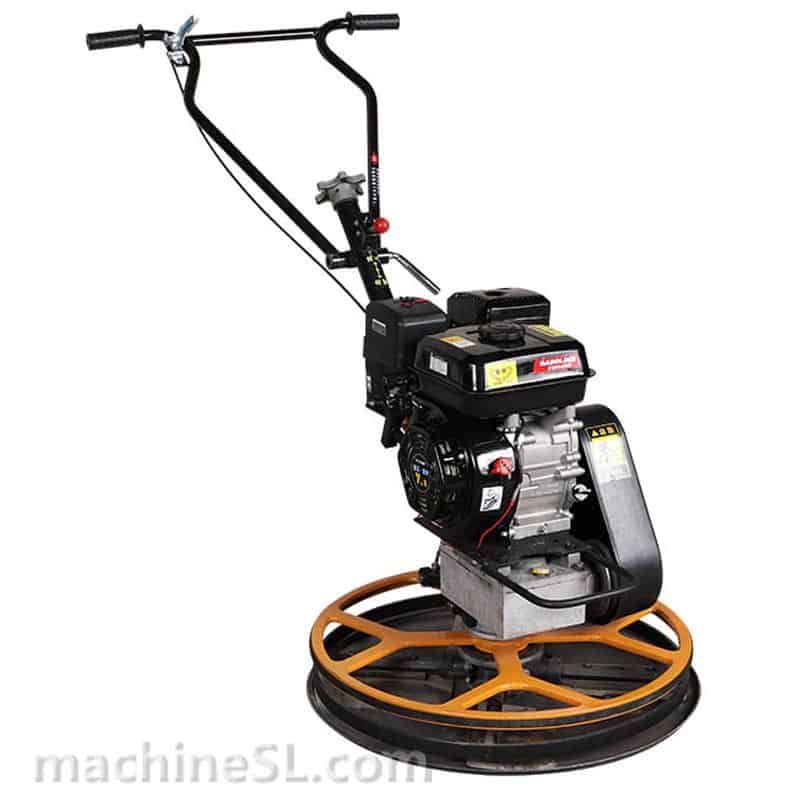
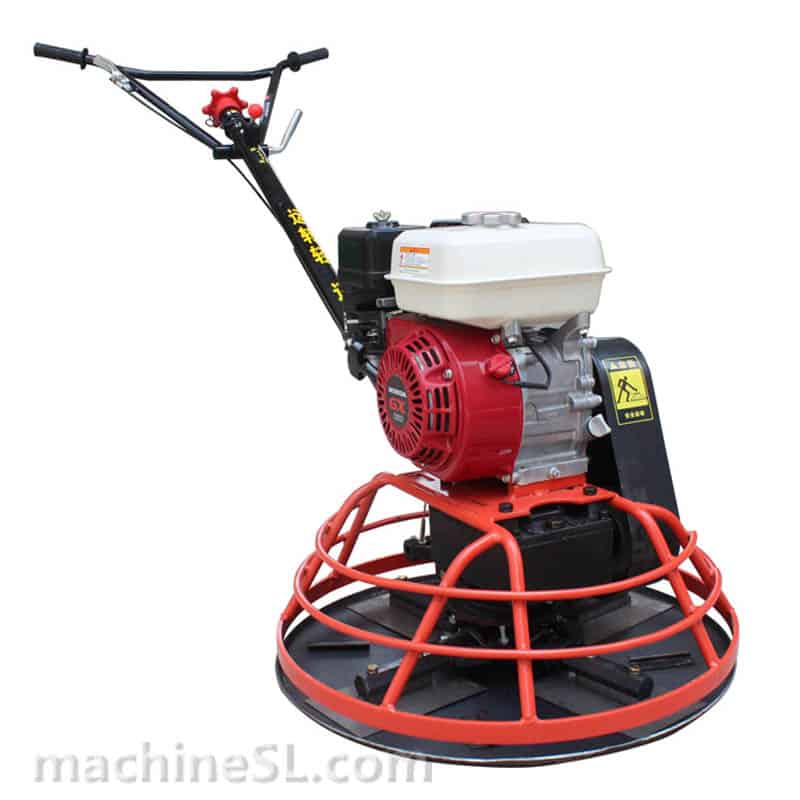





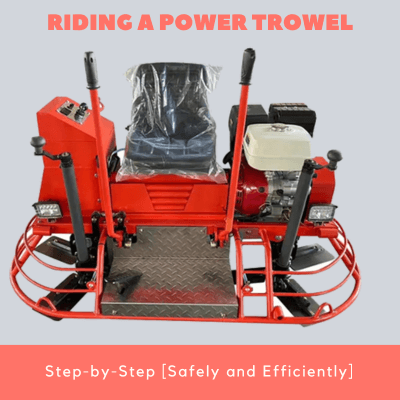

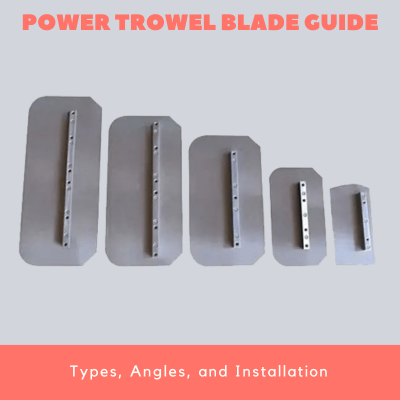
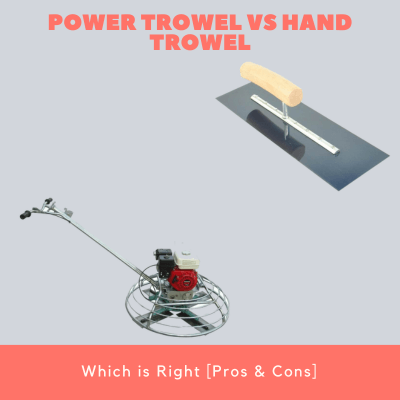

Leave A Comment